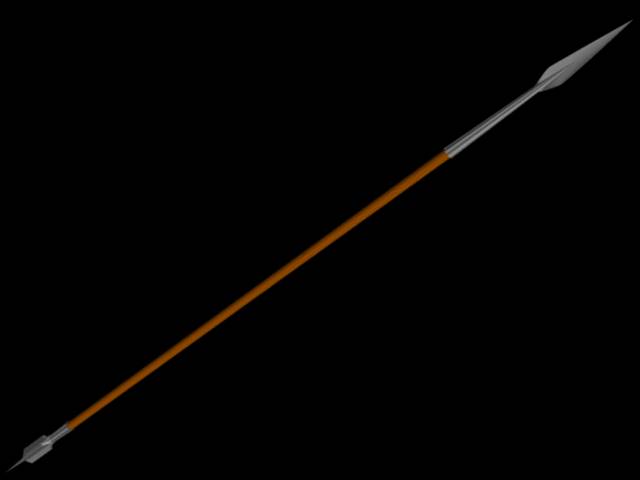Doru
Hoplites were armed with long spears, called doru. Doru were that were around 7 – 9 feet in length, although this varied. Greek warriors carried their spears in their right hands and their shields strapped to their left. Greek warriors probably employed both underhand and overhand grips, depending on the situation and amount of leverage required. Holding the spear underarm may have been optimal for the front line of the phallanxs while Hoplites in the second and third ranks would almost certainly have made overarm thrusts. The rear rows held their spears in an underarm grip, and raising them upwards on an angle to provide an extra defense against incoming missiles. Doru often had curved leaf shaped spearheads and had a spiked point, called a sauroter, at the opposite end. The spear could be spun around if something happened to the spearhead in battle, but it was more commonly used to stand the spear up by planting it into the ground. This practice gave the sauroter its name, sauroter is Greek for “lizard killer”. It was also used by the back ranks to dispatch fallen enemies as the phalanx advanced over them when they held their spears in the upright position. The sauroter also served as a counter weight, balancing out the spear.
All credit and sourcing to: http://www.ancientmilitary.com/greek-warriors.htm
http://arms.cybrary.jp/db/longhandle/spear/jpeg/xyston.jpg
http://arms.cybrary.jp/db/longhandle/spear/jpeg/xyston.jpg

